Pierre Jaquet-Droz could very well be the greatest innovator horology has ever seen. His revolutionary automata are living – yet not breathing – proof of his technical genius. Lesser known is how he embraced the business side of clockmaking in a thoroughly modern way by becoming one of the first horologists to have an influence that spread from Great Britain all the way to the Far East. On top of all that, he found a way to not only elevate and educate his son, Henri-Louis, but also to adopt a local orphan and bring him along the path to success. Here’s the story of Pierre Jaquet-Droz, split into three parts that analyze his past; the life of his three mechanical children (the famous automata trio); and how Jaquet Droz, the modern brand, embraces the past with new initiatives.
From Beginning to End
At the age of 17, Pierre Jaquet-Droz was set on joining the church and started attending theological school in Neuchâtel. He had grown up as the son of a farmer in La Chaux-de-Fonds, and while he would watch his father tinker and repair watches during the winter months, Pierre was expected to lead a more virtuous lifestyle.
Were it not for the encouragement of his older relatives, the Jaquet-Droz name might be lost to the annals of the Good Book. That, and a chance meeting with expert horologist Josué Robert and his two sons David and Louis-Benjamin led to his leaving the church to focus on a potential career in clockmaking. From there, Pierre’s path to success moved rapidly. A series of grandfather clocks that he made transformed his understanding of horology to a focus on the relationship between movement and music, which eventually led to what is now his greatest legacy: the automata.
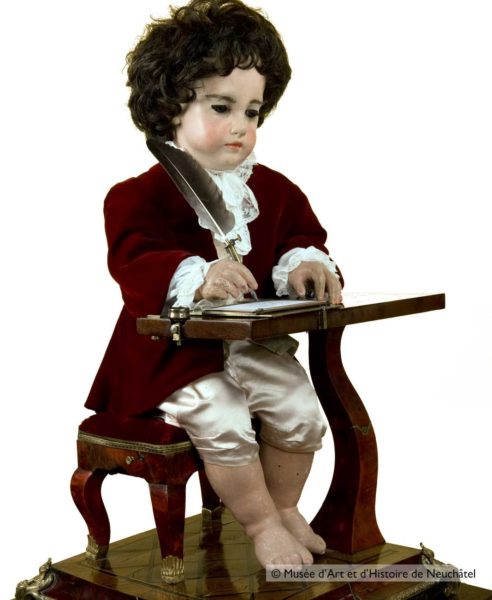
The specific success of those grandfather clocks led to his pursuit of higher quality materials to match the wealthier clientele whose attention he was quickly grabbing. This eventually led to his first – and only – marriage to the daughter of a local supplier of clock cases, Marianne Sandoz-Gendre in 1750. The following two years were full of happiness with the arrival of their first two children, Julie and Henri-Louis. Unfortunately, during the birth of their third child, a girl named Charlotte, Marianne passed away, with Charlotte soon to follow.
The tragic death of his young wife led Pierre to completely dedicate himself to his career. This led him to new connections, one of which set him on a new path, leading him to the court of King Ferdinand VI in Spain.
Pierre, now 37, set off to Spain with his father-in-law and six clocks in their possession. The journey from La Chaux- de-Fonds to Madrid was a long one. Over 1,500 km and 50 days later, Pierre Jaquet-Droz arrived at the royal court.
The six clocks that he brought with him to Spain blended horology, science, and technological advancement on a level rarely seen, even in today’s world of cutting-edge R&D. The specific models included: a clock that could chime on request without being touched, a clock that would run indefinitely without being wound (this was due to the unequal expansion of different metals at the same temperature, which would wind the mainspring through a set of levers). The automata on display were even more impressive: not only was there a black figure that would hit a bell each time it was asked a question, but also a small dog that would bark as soon as any attempt to touch a basket of fruit was made. It was said that the dog’s voice was so realistic that it started a chain reaction of other dogs barking in the same room.
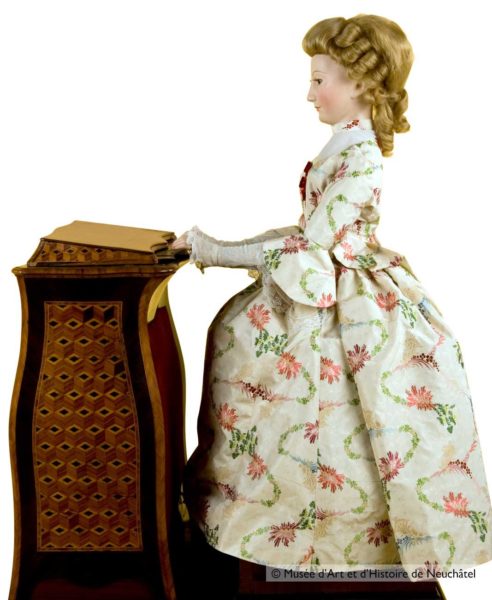
The court was dumbfounded by all six horological machines, with all of them being purchased immediately for a total sum of 2,000 gold coins. In a letter Jaquet-Droz wrote the following day, he said, “You cannot imagine how pleased [King Ferdinand] was with them, as when I had left, he was attended by his courtiers, who could not find words to express their astonishment.”
With a sense of accomplishment that only a royal compliment and a stack of gold coins can produce, Pierre Jaquet-Droz headed home with an even greater sense of devotion to his cause. He was now established as the most respected clockmaker in all of the Neuchâtel Jura so he decided to expand the ranks of his operation. During this time (around 1767), Pierre was joined by the son of a deceased neighbor, Jean-Frédéric Leschot, and his own son, Henri-Louis, who was now in his early 20s.
The second act of the Jaquet-Droz legacy, from around 1770 onward, is what defines the man, and the brand, today. Pierre and his small team of young and gifted watchmakers – who now went by the name of “Jaquet Droz and Leschot”– focused all their energy on the trio of automatons that became the defining act of his career. Named “the Writer,” “the Draughtsman” and “the Musician,” these three mechanical marvels performed their eponymous functions with such grace and precision that it was nearly impossible for the 16th-century audience to comprehend.
As work neared completion on Jaquet-Droz’s tour de force, he made the executive decision to extend his continually growing reach to London in 1774. As a major center of commerce for all of Europe, it made sense to have a representative, so Jaquet-Droz placed his son in charge. This intercontinental venture not only added an operational head to a huge economic capital, but also helped pave the way for an opening in China, the East Indies, and Japan.
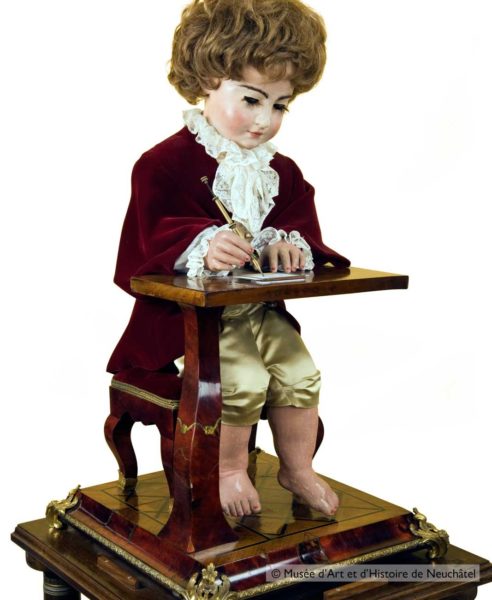
Right around this time, the trio of automata began a continental tour comparable to the way musicians operate in the 21st century. Instead of filling stadiums, however, the Writer, the Draughtsman, and the Musician performed in royal courts. Over the next decade, from 1775 to 1785, all three automata, with Henri-Louis Jaquet-Droz often nearby, were fixtures in the royal circuit. From an audience with King Louis XVI and Marie Antoinette in Paris (1775) then to the Netherlands, Flanders, back to Paris, and then to Lyon, France.
Around this point, Pierre, his team, and his creations were famous around the world. The Chinese market, in particular, was flourishing to unprecedented levels (the brand remains strong there today), yet there was still something to be said about Jaquet-Droz’s placement in Switzerland. Henri-Louis, citing the poor weather in La Chaux-de-Fonds, moved to Geneva, where he is said to have set up shop almost a year before Vacheron Constantin. His father soon followed him.
From 1784 on, the Jaquet-Droz clan ran three different production workshops where they produced countless clocks, automata, watches and singing birds. The original location still operated in La Chaux-de-Fonds; the London operation was flourishing; and the Geneva branch, which focused on small volume production, continued to grow.
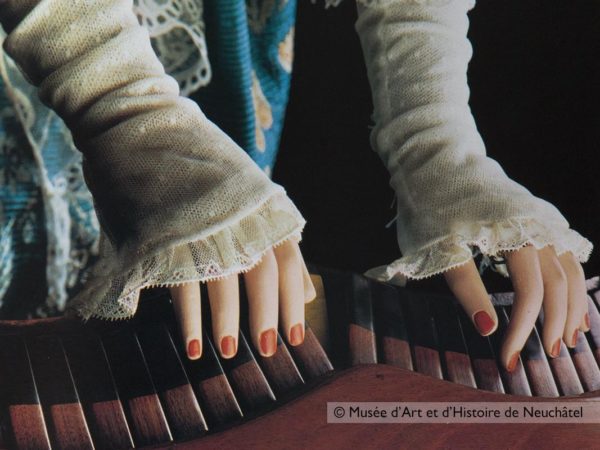
The year 1788 proved to be the ultimate high point for both the brand and the family. The Jaquet-Droz name was synonymous with the top in luxury clocks, automata, and mechanical singing birds. However, it was only two short years before cracks began to show in what was thought to be an impenetrable business. The Chinese arena, which had once been lucrative, faltered due to an unpaid agent; in London, the bankruptcy of their principal client resulted in a deficit. The elder Jaquet-Droz moved from Geneva to Bienne that year where he spent the final months of his life. Henri-Louis passed away almost exactly a year later in Naples, Italy, at the age of 39.
In the background of this tragedy, the French Revolution was at a fever pitch. Leschot, suddenly running the business alone, ran into major financial problems. In the final decade of Leschot’s life, he continued to produce clocks and automata; however, everything he produced was based on previous models made before the death of both Jaquet-Drozes. While Leschot helped make the brand what it is today, there’s something poetic about the creativity and technical prowess dying out with the family name.
Behind the Three Automata
The Writer was the first of the three famous automata to be conceived by Pierre Jaquet-Droz and is also the most mechanically complex. The biggest problem Pierre Jaquet-Droz had while constructing the boy was being able to fit the mechanism inside the small frame. So how does it work? Well, first the movements of the elbow and the arm control the movement of the wrist. Two separate gears are controlled by a system that releases them alternately, without pause, until a final stop. In the upper half of the body, a mechanism controls three sets of cams that make up a long vertically pivoted cylinder. Each cam controls the levers, which provide the actual horizontal and vertical movement in the wrist. This is how each letter is formed.
The length of each letter or word formation is set by interchangeable steel pegs that are arranged around a disk in the lower part of the child’s body. Each of the 40 pegs helps the camshaft correspond to a letter or specific position. All in all, it is possible to set the machine to write any text up to 40 total letters or signs.
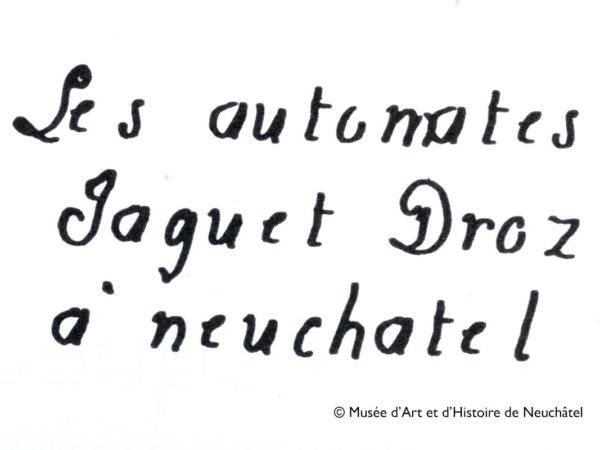
The Draughtsman was a passion project for Henri-Louis. Its drawings are far more accurate than the scribble of The Writer, mainly due to the less complex mechanism. This young boy can draw up to four drawings, including a portrait of Louis XV, a dog, a royal couple believed to be Marie Antoinette and Louis XVI, and an image of Cupid being pulled by a butterfly in a chariot. In the upper half of the body, three sets of cams allow a more accurate drawing along with greater amplification. When the cam turns, the boy makes a mark. The second mechanism restarts this motion until the drawing is finished.
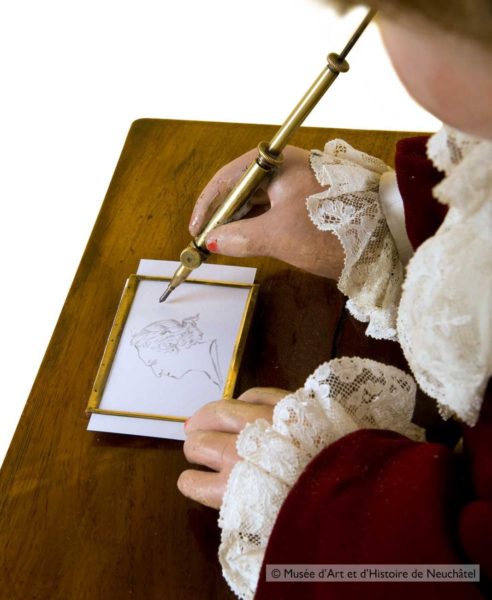
The Musician has the least information known about its production, but in a way, is the most fascinating. The music box the young woman plays on is a real, custom-built musical instrument that she plays by tapping the notes directly below her. The music she performs was composed specifically for her as she can only play the note that is directly underneath her and her movement is, of course, limited to rotations.
All three of the famous automata can be viewed at the Musée d’Art et d’Histoire in Neuchâtel, Switzerland.
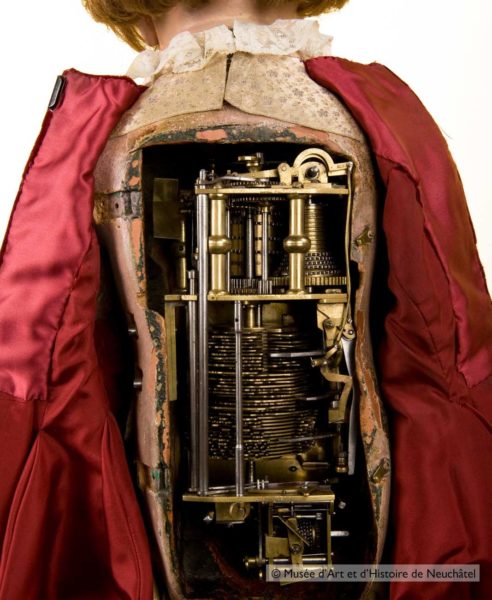
Modern Perspective
These days, the Jaquet Droz brand holds an enviable spot within the ranks of the Swatch Group. After being purchased in 2000, the brand was revitalized and brought back to its former glory. Singing birds and the production and restoration of automata are still hallmarks of the brand. In fact, Jaquet Droz recently announced the restoration of a Singing Bird Pendulum Clock originally made by Pierre Jaquet-Droz himself.
During Baselworld 2018, the brand even introduced a new writing mechanical automaton that has the ability to duplicate any signature. This modern application of Pierre Jaquet-Droz’s original writing automaton is only available by custom order. Instead of coming in human-shape, the device more closely resembles a large cassette tape that rests on a table while a mechanical arm reaches out with a pen and elegantly scribes whatever has been put into its custom pattern.
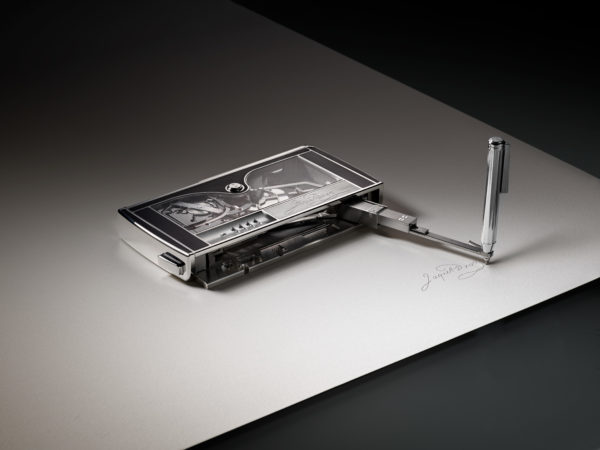
The massive amount of hype and confusion surrounding these 18th-century inventions really speaks to technology and the role it plays in the rapidly evolving 21st century. Self- driving cars already exist and will become more and more common over the next decade, making the rounds across the nation and the world just like Jaquet-Droz and his team did. Soon enough, there will be humanoid androids that look similar to the original automata but have countless functions with the aim of improving day-to-day life rather than just to entertain and astonish. In these futuristic times, a look back at the circumstances that surrounded the construction of these first “androids” and the humanity of Pierre Jaquet-Droz and his family can be quite comforting.
Click here to read more about Jaquet Droz’s recent automaton-inspired introductions.

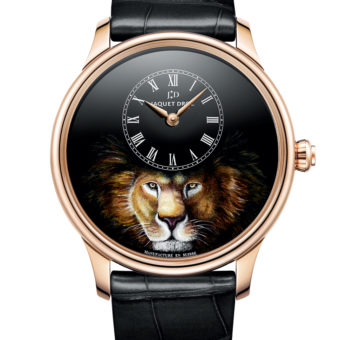
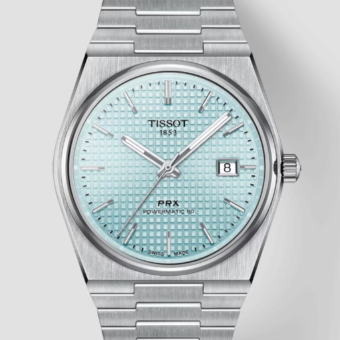

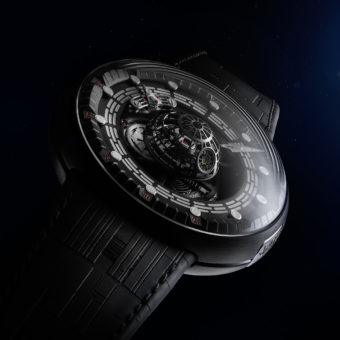
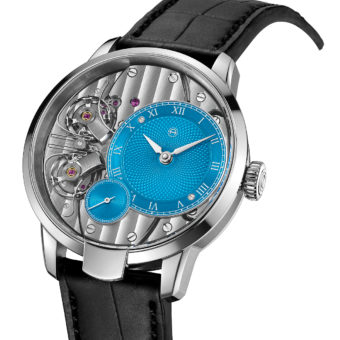
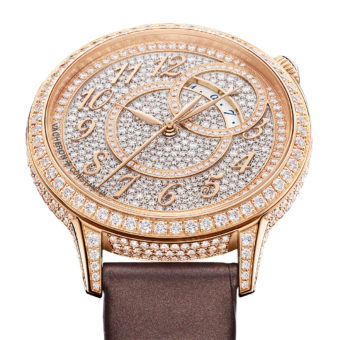
Love automata… golden age! thanks for this post
Beautiful
I’ve showing the “Boy” from YouTube to every one interested, for a few years now…
Thank you for the articl!